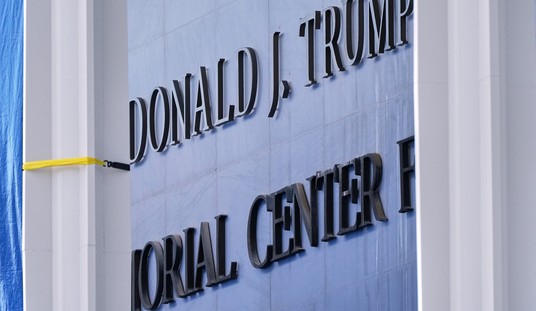The economics of Obamacare dictates that it makes more sense for some married couples to get divorced and live together rather than stay married and pay more for their health insurance.
This analysis by the Atlantic’s Garance Franke-Ruta shows why the subsidies for insurance bought on the exchanges actually works against two-income marriages. She tells the story of married friends who are contemplating a divorce to save on health care costs:
But with the arrival of the Affordable Care Act’s insurance exchanges, the question for Nona and her husband Aaron Cassara moved from the realm of casual conversation to a real financial conundrum. Aged 29 and 32, respectively, they were facing tough times for their professions, a wildly expensive city, and the scary prospect that both of them could shortly be uninsured. Right now Nona only has a COBRA plan—”which I can barely afford”—that ends January 1, she tells me. Her last staff job ended when the media outlet she was working for laid off its whole editorial team; she’s been a full-time freelancer since. Aaron, a filmmaker who works part-time and also freelances, has been uninsured since her layoff, because it would be too expensive to have him on COBRA too.
Any married couple that earns more than 400 percent of the federal poverty level—that is $62,040—for a family of two earns too much for subsidies under Obamacare. “If you’re over 400 percent of poverty, you’re never eligible for premium” support, explains Gary Claxton, director of the Health Care Marketplace Project at the Kaiser Family Foundation.
But if that same couple lived together unmarried, they could earn up to $45,960 each—$91,920 total—and still be eligible for subsidies through the exchanges in New York state, where insurance is comparatively expensive and the state exchange was set up in such a way as to not provide lower rates for younger people. (Subsidy eligibility is calculated using a complicated formula involving income in relation to the poverty line, family size, and the price of plans offered through a state’s marketplace.)
If the couple applied as unmarried individuals, they could help themselves to sizable subsidies — far more than if they were applying as a married couple.
Franke-Ruta concludes:
Married people who are uninsured make up just a small fraction of the uninsured, for obvious reasons: It is easier to be insured if you have two potential pathways of getting there. Only 15.4 percent of married people were uninsured 2012, according to research from the Kaiser Family Foundation; the uninsurance rate for “single adults living together” was more than twice as high—33.4 percent.
That may be one reason the Obamacare subsides are more generous to single people and one- or two-parent families with children in the house than to couples who lack children. They were designed to help single moms and struggling middle-class families with children, not married creative-class millennials in pricey cities who have not yet settled into well-paid work, or barring that, work for a single employer.
Not a bug. A feature.










Join the conversation as a VIP Member